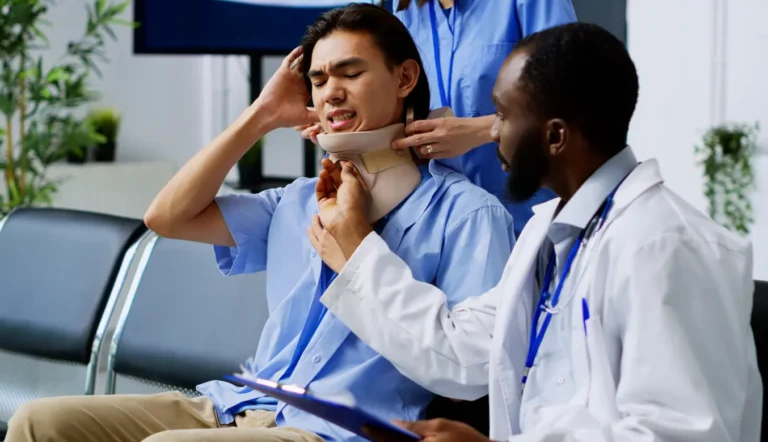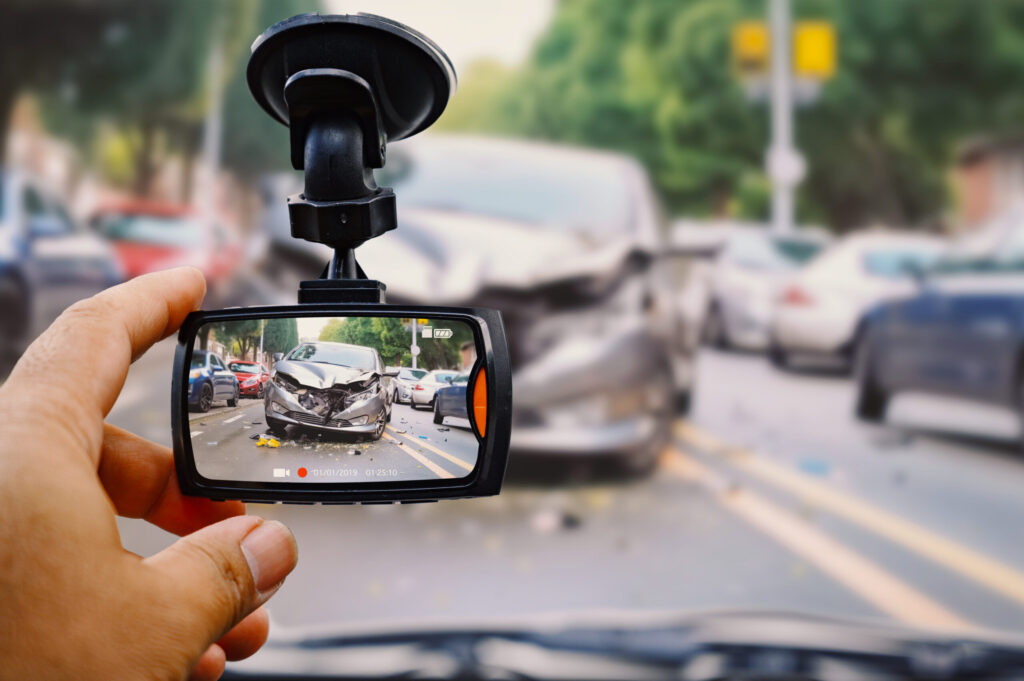Table of Contents
How Case Law and Precedent Impacts Proximate Cause in Florida
Common Personal Injury Scenarios in Florida
Challenges in Proving Proximate Cause
The Role of Insurance Companies in Determining Proximate Cause
Seeking Compensation in a Personal Injury Case
Navigating the intricacies of a personal injury claim can be overwhelming, especially when it comes to understanding terms like proximate cause. In the realm of personal injury law, establishing proximate cause is a critical component in securing a favorable outcome for an injured party. In Florida, as in many states, proving proximate cause requires a clear and logical link between the negligent action and the injury.
What Is Proximate Cause?
In legal terms, proximate cause refers to the primary cause that leads to an injury. It’s not just any cause. The cause must be closely linked to the injury itself. For instance, if you slip on a wet floor with no warning signs, the damp floor could be considered the proximate cause of your fall. But why is this important? Establishing proximate cause is important in a personal injury claim because it determines who is responsible for the injury.
Why Proximate Cause Matters
Proximate cause serves as the linchpin in personal injury claims. It helps to filter out frivolous lawsuits by ensuring that only those with a direct and significant link to the incident are considered. For example, imagine a car accident where one driver runs a red light and hits another vehicle. Here, the act of running the red light is the proximate cause.
Legal Definitions and Interpretations of Proximate Cause
In Florida, the legal system views proximate cause through specific lenses. Courts often consider whether the injury was a foreseeable consequence of the defendant’s actions. In our earlier example, running a red light clearly leads to foreseeable harm. However, interpretations can vary, making it essential to consult with a knowledgeable attorney who can help clarify these nuances.
Proximate Cause in Florida
In Florida, proximate cause is determined through a two-part test: causation in fact and foreseeability. Known as “but-for” causation, causation in fact means that an injury would not have occurred but for the defendant’s actions. Foreseeability assesses whether the harm was a predictable outcome of the defendant’s behavior.
Causation in Fact
The initial step in establishing proximate cause is demonstrating causation in fact. This necessitates proving that the injury would not have transpired but for the defendant’s negligent actions. In personal injury cases, this often entails reconstructing the sequence of events leading to the injury and showing that the defendant’s behavior was a critical factor in its occurrence. Key evidence, including eyewitness testimony, expert opinions, and physical proof, can significantly substantiate this element of causation.
The Role of Expert Witnesses
Expert witnesses are vitally important in determining proximate cause in Florida personal injury claims. These specialists offer valuable knowledge and insights that simplify complex causation issues. For example, medical experts can explain how an injury happened and whether it resulted from the defendant’s actions. Similarly, accident reconstruction experts can provide detailed analyses of an accident’s events, connecting the defendant’s negligence to the injury.
Gathering and Presenting Evidence
Gathering compelling evidence is critical in proving proximate cause. This process entails collecting all relevant documentation, including medical records, accident reports, and witness statements. Additionally, independent investigations might be required to uncover further evidence. Presenting this evidence clearly is key for persuading the court of the causal link between the defendant’s actions and the plaintiff’s injury.
Gathering Quality Evidence
Because evidence is the backbone of any personal injury claim, efforts must be made to gather quality evidence connecting the defendant’s actions to the sustained injury. This could include photographs, video footage, or eyewitness testimonies. The more robust the evidence, the stronger the case being presented will be.
Police Reports and Documentation
In the event of car accidents, police reports can be pivotal evidence. These documents often contain comprehensive accounts of the circumstances leading to the injury, offering a clear narrative to support your claim. Always make sure to obtain a copy of any official reports related to your incident.
Foreseeability and Legal Cause
Once causation in fact is established, the next step is to demonstrate foreseeability. This involves showing that a reasonable person in the defendant’s position would have anticipated that their actions could lead to harm. In Florida, courts examine whether the type of harm suffered was a foreseeable consequence of the defendant’s actions. This process requires a comprehensive analysis of the incident’s circumstances and the defendant’s behavior.
How Case Law and Precedent Impacts Proximate Cause in Florida
Florida case law offers numerous examples of courts interpreting and applying the concept of proximate cause. In McCain v. Florida Power Corporation, the Florida Supreme Court delved into the notion of foreseeability, emphasizing that the essential question is whether the specific harm was within the scope of danger created by the defendant’s actions. Understanding these precedents is crucial for effectively arguing proximate cause in personal injury claims.
Establishing Negligence
Negligence is the failure to exercise reasonable care, resulting in harm to another person. To establish negligence, four elements must be proven: duty of care, breach of duty, causation, and damages. The defendant must have had a duty to act with care, breached that duty, and caused your injury, resulting in damages.
Duty of Care and Breach of Duty
Duty of care refers to the legal obligation to ensure the safety and well-being of others. For instance, drivers have a duty to follow traffic laws to prevent accidents. When this duty is breached and an injury occurs, it paves the way for a personal injury claim.
Linking Breach of Duty to the Injury
Linking breach of duty directly to your injury is where proximate cause comes into play. It’s vital to demonstrate that the defendant’s actions were not just a factor but the primary cause of your injury. This creates a clear pathway to establishing liability.
Common Personal Injury Scenarios in Florida
Common injury situations in Florida that often result from another party’s negligence are:
These cases often require proving proximate cause to hold the responsible party accountable for the harm caused. It is important to gather strong evidence to establish proximate cause and support a claim for compensation in these types of personal injury cases.
Car Accidents
Car accidents are a leading cause of personal injury claims in Florida. In these cases, proving proximate cause often involves demonstrating that a driver’s negligence, such as speeding or distracted driving, directly led to the accident and subsequent injuries.
Slip and Fall Incidents
Slip and fall incidents frequently occur in public places like stores and restaurants. Establishing proximate cause might involve proving that the property owner failed to address hazardous conditions, such as a wet floor, leading to your injury.
Medical Malpractice
Medical malpractice cases are complex but hinge on the same principles. If a healthcare provider’s negligence, such as a misdiagnosis or surgical error, directly causes harm, proximate cause must be established to hold them accountable.



If you were injured in an accident due to someone else’s negligence, Farah & Farah is here for you. We’ve relentlessly fought for the right to compensation for our clients and their families since 1979.
Challenges in Proving Proximate Cause
Proving proximate cause can be challenging, especially in cases with multiple factors or possible causes. In these instances, it’s key to show that the defendant’s actions were a substantial factor in causing the injury, even if other elements played a role. Additionally, Florida courts may examine whether any superseding causes exist that could break the chain of causation and absolve the defendant of liability. Defendants often attempt to demonstrate they are not liable for damages, comparative negligence systems may reduce compensation, and statutes of limitations impose strict deadlines for filing a case.
Disputing Liability
Defendants often dispute liability to avoid paying damages. They may argue that other factors contributed to the injury or it was not as severe as claimed. Robust evidence and expert testimonies can help counter these arguments.
Comparative Negligence
Florida follows a comparative negligence system, meaning your compensation can be reduced if you’re found partially at fault. For example, if you’re deemed 20% responsible for a car accident, your compensation will be reduced by 20%. Understanding this principle is essential for managing expectations.
Statute of Limitations
Florida has a statute of limitations for filing personal injury claims, typically two years from the date of the injury. Missing this deadline can result in losing your right to seek compensation.
The Role of Insurance Companies in Determining Proximate Cause
Insurance companies often aim to minimize payouts. Be cautious when dealing with insurance adjusters. They may attempt to downplay your injuries or shift blame. Having an attorney can help you navigate these interactions effectively.
Importance of Full Disclosure
Full disclosure to your attorney is critical. Any omission can weaken your case. Be honest and transparent about all details to ensure your attorney can build the most robust case on your behalf.
Negotiating Settlements
Negotiating settlements can be challenging. Insurance companies might offer lowball settlements initially. An experienced attorney can help negotiate fair compensation that reflects the extent of your injuries and losses.
Seeking Compensation in a Personal Injury Case
In Florida, you can seek compensation for medical expenses, lost wages, pain and suffering, and more. Knowing what you’re entitled to helps set realistic expectations.
Calculating Damages
Calculating damages involves assessing the full extent of your losses. This includes current and future medical expenses, lost income, and non-economic damages like pain and suffering. An attorney can help ensure all aspects are considered.
The Settlement Process
The settlement process involves negotiations with the defendant’s insurance company. Your attorney will advocate on your behalf, aiming for a fair settlement that adequately compensates you for your injuries and losses.
Seek Experienced Advice From a Personal Injury Attorney
Navigating a personal injury claim in Florida can be complex, but understanding proximate cause is a crucial first step. You can seek the compensation you deserve by documenting evidence, consulting with an attorney, and building a strong case. Remember, you’re not alone in this journey.
Contact Farah & Farah's Personal Injury Lawyers
If you’ve been injured due to someone else’s negligence, consult with our experienced attorneys. We offer free, confidential case evaluations to guide you through the personal injury lawsuit process. Contact Farah & Farah today for a free consultation about your case.










